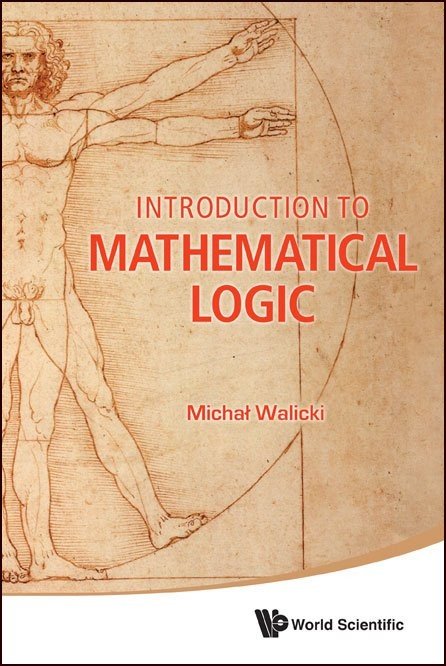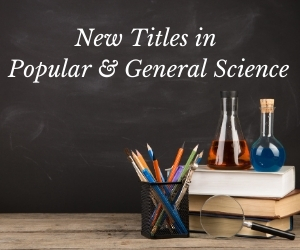System Upgrade on Tue, May 28th, 2024 at 2am (EDT)
Existing users will be able to log into the site and access content. However, E-commerce and registration of new users may not be available for up to 12 hours.For online purchase, please visit us again. Contact us at customercare@wspc.com for any enquiries.
This is a systematic and well-paced introduction to mathematical logic. Excellent as a course text, the book presupposes only elementary background and can be used also for self-study by more ambitious students.
Starting with the basics of set theory, induction and computability, it covers propositional and first-order logic — their syntax, reasoning systems and semantics. Soundness and completeness results for Hilbert's and Gentzen's systems are presented, along with simple decidability arguments. The general applicability of various concepts and techniques is demonstrated by highlighting their consistent reuse in different contexts.
Unlike in most comparable texts, presentation of syntactic reasoning systems precedes the semantic explanations. The simplicity of syntactic constructions and rules — of a high, though often neglected, pedagogical value — aids students in approaching more complex semantic issues. This order of presentation also brings forth the relative independence of syntax from the semantics, helping to appreciate the importance of the purely symbolic systems, like those underlying computers.
An overview of the history of logic precedes the main text, while informal analogies precede introduction of most central concepts. These informal aspects are kept clearly apart from the technical ones. Together, they form a unique text which may be appreciated equally by lecturers and students occupied with mathematical precision, as well as those interested in the relations of logical formalisms to the problems of computability and the philosophy of logic.
Sample Chapter(s)
Chapter 1: A History of Logic (410 KB)
Chapter 3: Computability and Decidability (320 KB)
Chapter 8: Semantics of FOL (252 KB)
Contents:
- A History of Logic:
- Patterns of Reasoning
- A Language and Its Meaning
- A Symbolic Language
- 1850–1950 — Mathematical Logic
- Modern Symbolic Logic
- Summary
- Elements of Set Theory:
- Sets, Functions, Relations
- Induction
- Turing Machines:
- Computability and Decidability
- Propositional Logic:
- Syntax and Proof Systems
- Semantics of PL
- Soundness and Completeness
- First-Order Logic:
- Syntax and Proof Systems of FOL
- Semantics of FOL
- More Semantics
- Soundness and Completeness
- Why is First Order Logic “First Order”?
Readership: Undergraduates learning logic, lecturers teaching logic, any professionals who are non-experts in the subject but wish to learn and understand more about logic.

































